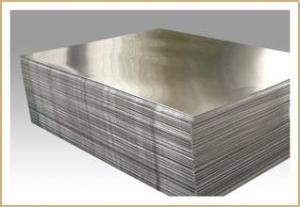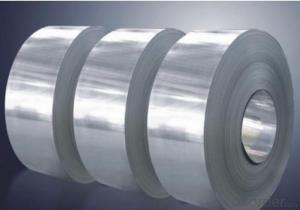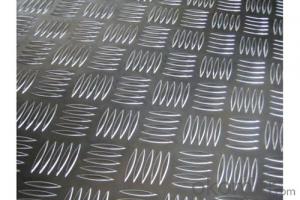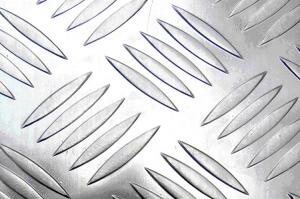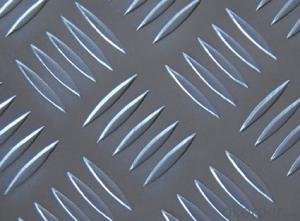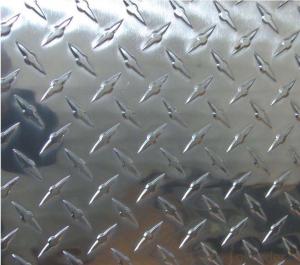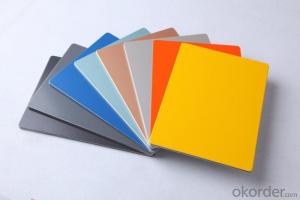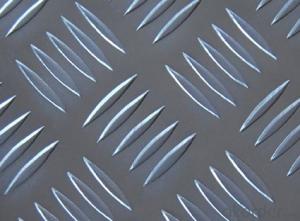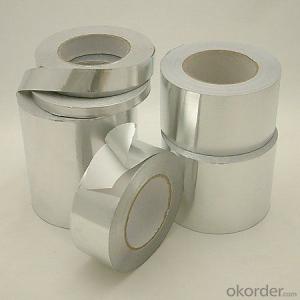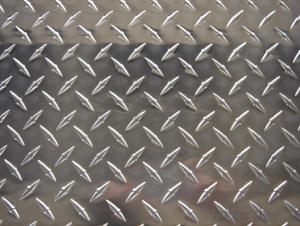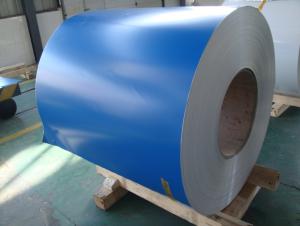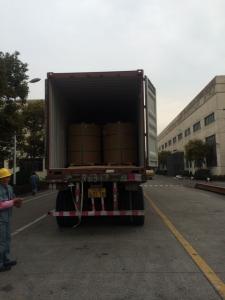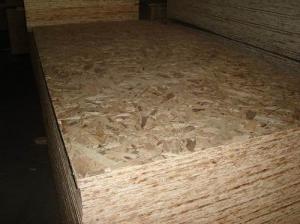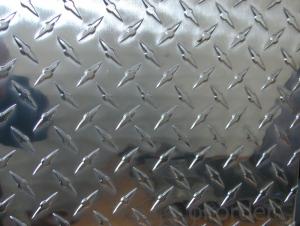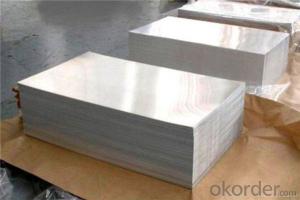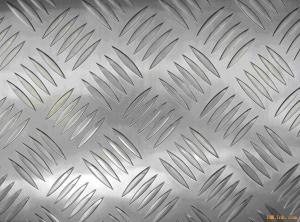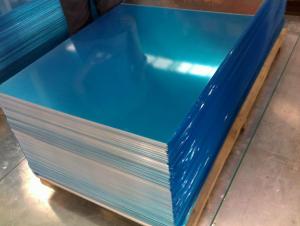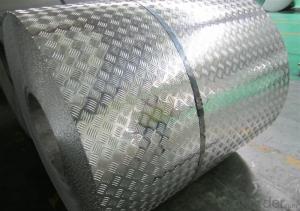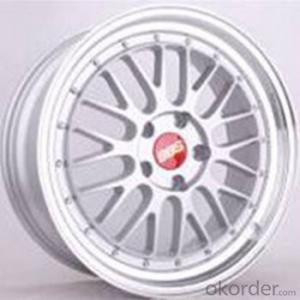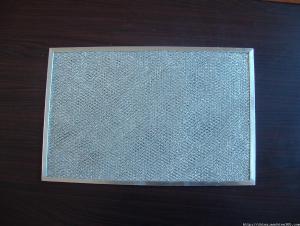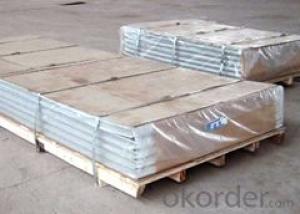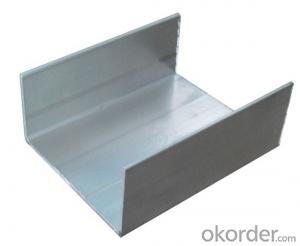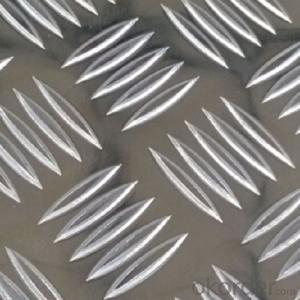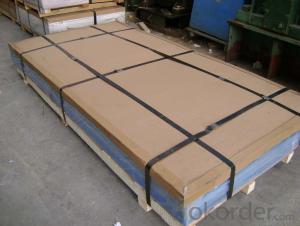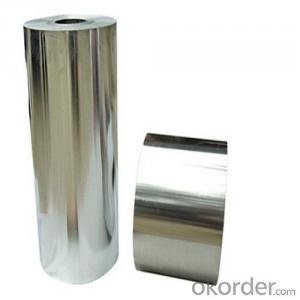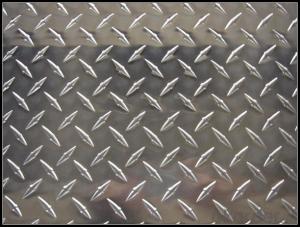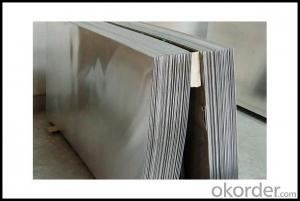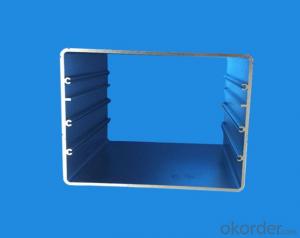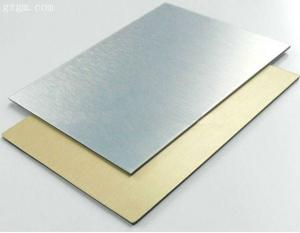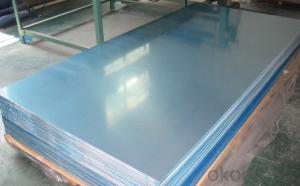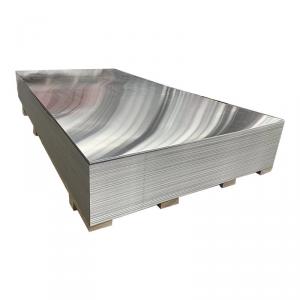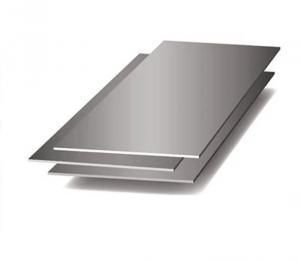5/8 Aluminum Plate
5/8 Aluminum Plate Related Searches
5 8 Aluminum Plate 5/16 Aluminum Plate 3/8 Aluminum Plate 1/8 Aluminum Plate 5mm Aluminum Plate Aluminum 1/8 Plate 3/8 In Aluminum Plate 3/8 Thick Aluminum Plate 3/8 Inch Aluminum Plate Aluminum Plate 1/8 1/2 Aluminum Plate 4x8 1/8 Inch Aluminum Plate Aluminum Plate 3/8 Thick 1/8 Thick Aluminum Plate Aluminum Plate 5mm 1 8 Aluminum Plate 5 16 Aluminum Plate 5mm Thick Aluminum Plate 1/2 Inch Aluminum Plate 3/8 Aluminum Plate 4x8 1/2 Aluminum Plate 5 Aluminum Plate 1/8 In Aluminum Plate Aluminum Plate 1/8 Thick 1/8 Inch Thick Aluminum Plate 1/2 Thick Aluminum Plate Aluminum 1/2 Plate 1/2 Inch Thick Aluminum Plate 5 Bar Aluminum Plate 12 X 12 X 1/8 Aluminum Plate5/8 Aluminum Plate Supplier & Manufacturer from China
5/8 Aluminum Plate, a versatile and durable metal material, is widely recognized for its strength and lightweight properties. This product is available in various thicknesses and sizes, making it suitable for a multitude of applications. The 5/8 Aluminum Plate is commonly used in construction, automotive, aerospace, and other industries where high-strength, lightweight materials are essential. Its corrosion resistance and ability to withstand harsh environments make it a popular choice for both commercial and industrial applications.The 5/8 Aluminum Plate is known for its exceptional performance in various usage scenarios, such as in the manufacturing of aircraft components, automotive parts, and structural frameworks. Its ability to maintain its integrity under extreme temperatures and pressures, coupled with its ease of fabrication, makes it an ideal material for these demanding applications. The 5/8 Aluminum Plate's versatility also extends to its use in decorative purposes, such as in the creation of architectural accents and artistic installations.
As a leading wholesale supplier, Okorder.com boasts a vast inventory of 5/8 Aluminum Plate, catering to the needs of businesses and individuals alike. With a commitment to quality and customer satisfaction, Okorder.com ensures that the 5/8 Aluminum Plate they provide meets the highest industry standards. Their extensive stock allows for quick turnaround times and competitive pricing, making them a reliable choice for those in need of this essential material.
Hot Products



